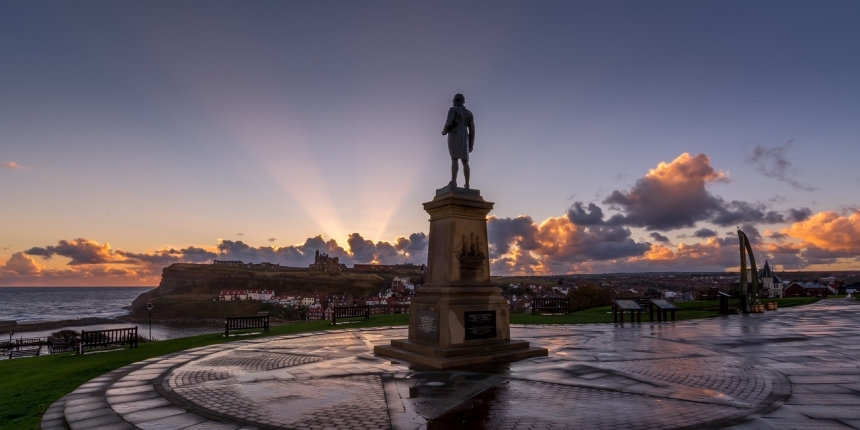Year 10 Student Article
Following the recent Black Lives Matter movement across the globe, the debate over what should happen to disputable statues has intensified and become a major and particularly controversial topic in this day and age.
I first heard about this subject a month or two ago, whilst scrolling through TikTok and coming across a video suggesting that the Captain Cook statue in Hyde Park should be torn down. At first, I was confused, as I hadn’t really known much about Captain Cook other than some of his contributions to Australian history, including that he was the first European man to discover Australia.
After reading some of the varying and very opinionated comments as to why Cook’s statue should or shouldn’t stay up, what Cook did and didn’t do was still pretty unclear and fuzzy to me, and I was unaware of how contentious this topic was.
Familiar to many Australians, Captain Cook was a British explorer, navigator, cartographer, and sailor, who is well-known for sailing the Endeavour into what would become one of Australia’s most popular urban reserves; Botany Bay. He was essentially the first European to discover Australia and also navigated both New Zealand and the Hawaiian Islands. If you ask me, all of these accomplishments indicate impressive signs of monumental courage, leadership and skill.
However, though Captain Cook’s accomplishments are very significant and essential for Australian history, he is held responsible for seizing the land which was already occupied by Indigenous people. In saying this, Cook did not colonise Australia, though he declared the land as ‘terra nullius’ meaning ‘land of none’. After Cook announced Australia as ‘land of none’, he thereby opened terra australis to the violent hands of settler-colonists and British expansion.
The controversy of whether Captain Cook’s statue in Hyde Park should remain standing or not is prompted by this injustice towards Aborigional people, particularly the controversial epigraph “discovered this territory in 1770.”
Many people, more specifically Indigenous Australians are upset by this fact, as it completely overlooks Australia’s occupation by Indigenous people for at least 60,000 years before Cook and is a damaging myth.
Essentially, stories emanating from statues give us ways to grasp how the ethics and morals of humanity have shifted. Removing the statue would give some justice to Indigenous Australians. But that being said, if Cook’s statue is removed, what would represent his great accomplishments and impact on Australia? In the article “I’m Captain Cooked” written by an Indigenous Australian historian; John Maynard, he provides an Aboriginal perspective on the contradictions of Cook, and his impact on Aborigional Australia. Maynard stated that when Cook declared Australia as ‘land of none’, it triggered “catastrophic consequences upon Aboriginal people of the Australian continent.”
After reading this article, I was very enlightened and found it to be very informative and understandable. I think this article showed a fair evaluation of Cook, and provided both sides of the story with little to no bias. Most notably, Maynard didn’t blame Cook for all unjust activity of European colonisers. I believe this article reinforces the idea that injustices in history, including the injustice that native Indigenous Australians faced, gives us ways to understand Australia. These stories help us to learn from history, and by this has shaped the country we call home. Thus, stories, even those told through a statue along with its history and controversy can enlighten us and illuminate our understanding of humanity. Ripping down Captain Cook’s statue completely may take away from this story about injustice in Australian history; a story from which we can all learn.
Natasha B
Year 10 English Student


